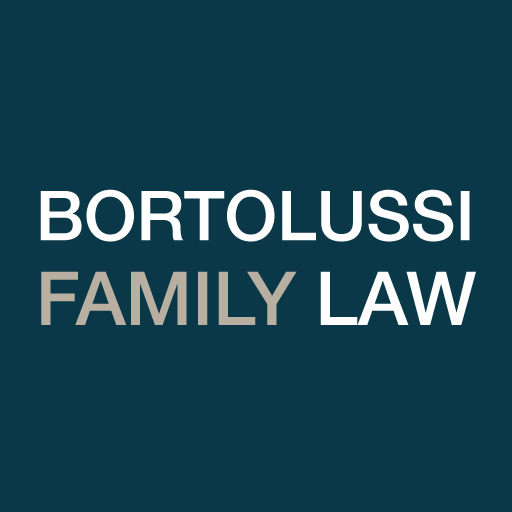Judge Issues Warning Forged Electronic Evidence is Finding a Way into Courts

Digital media is a common source of evidence, with text messages, emails, and social media apparently written by the party’s own hand. But technology also presents an opportunity for deception through the creation of inauthentic evidence that can damage credibility in an effort to gain litigation advantages. As Lenihan v. Shankar demonstrates, deception through fake evidence has entered the court system, placing an additional burden on all justice participants to be on guard against manipulated evidence.
Mother Attempts to Mislead Court with Forged Evidence
The case of Lenihan v. Shankar was ostensibly about deciding parenting issues for the parties’ daughter. However, the issues evolved as the mother’s claims shifted, with evidentiary challenges emerging through the mother’s tendering of spoofed communications and forged documents. For instance, the mother’s inconsistency over the issue of paternity led to an agreement for a formal test. The father completed paternity testing which confirmed that he was the biological father. However, in October 2020 he learned that the mother had contacted the lab that completed the testing, and the father subsequently received a report that stated he was not the biological father. The probability of paternity fields on the report had been altered; it was a forgery. Testimony from the customer service representative of the lab confirmed the report had been altered. Additional forgeries continued in the weeks leading up to the trial. The mother served a purported will-say statement from a high school friend of the father which contained harmful allegations about the father. When the mother reversed course and indicated she would not call the friend as a witness, the father did so instead. The witness testified that she had never been contacted about giving evidence on the mother’s behalf and that the statement’s attributed to her were false. She described the father as a person with “a lot of integrity”.
As the trial progressed the mother engaged in further manipulations, confusing the issues, and producing questionable evidence. The mother tried to tender a document purporting to be a Sperm Donor Agreement that had apparently been signed by the father. Except he had never seen it before; it was another poorly executed forgery. The mother refused to address the document, only saying that it had been created by her counsel against her instructions. The mother’s lawyer refuted this and was clear that the document had been given to her by the mother.
How do Courts Authenticate Evidence?
The Evidence Act deals with how to establish the authenticity of evidentiary materials including “electronic records”. The threshold for verifying the integrity of electronic records is low; section 34.1(4) confirms that the person seeking to introduce an electronic record has the burden of proving its authenticity with evidence capable of supporting that the electronic document is what the party claims it to be. Further, section 34.1(5.1) sets out that “the integrity of an electronic record may be proved by evidence of the integrity of the electronic records system by or in which the data was recorded or stored, or by evidence that reliable encryption techniques were used to support the integrity of the electronic record”. In the absence of evidence to the contrary, the integrity of electronic records is presumed.
Additional requirements ensure that an electronic document not only accurately reflects the original information that was recorded but is also authentic. In reviewing how to weigh evidence Justice McGee looked to the Ontario Court of Appeal case, R. v. C.B. which noted that authentication involves convincing a court that the evidence matches the claims made about it. Moreover, in the absence of authentication the item “lacks relevance unless it is tendered as bogus”.
Bogus Evidence is Still Relevant in Reviewing Credibility
Continuing the pattern of presenting unreliable evidence, the mother sought to include three emails that she asserted had been sent by the husband. The spoofed emails made complaints about the mother, and about his daughter’s care, and stated that he wanted to put his daughter up for adoption. Yet, the email address was different from the one the husband had previously used to correspond, and the tone of the email was different as well. The judge found the emails to be inauthentic and more consistent with the mother’s style of communication. He concluded she was the creator of the email account. Although the emails were inauthentic, they were admitted into evidence to showcase the mother’s efforts to damage the father’s character. Following R. v. C.B. the judge noted that an inauthentic communication could still be relevant if it is tendered as bogus.
Judge Issues Warning About Rise of Fake Electronic Evidence
Collectively, since the daughter’s birth and continuing throughout the trial, Justice McGee found that the mother’s actions were retaliatory rather than child centered, with the goal of removing the father’s standing as a parent. Her conduct of making false statements and retaliation for perceived wrongs showed the extreme lengths she was prepared to go to, while her parenting also placed the child at risk. The extensive misconduct made shared decision-making between the two parents impossible, with custody being granted to the father.
The case is significant for demonstrating the potential for manipulation and misuse of electronic evidence. In this case communications were spoofed to purposely damage the other parent’s credibility and gain an advantage in litigation. Justice McGee wrote that “fake electronic evidence has the potential to open up a whole new battleground in high conflict family law litigation”. As well, the low threshold for authentication in the Evidence Act is a complication for parties who wish to challenge evidence. This also serves as a reminder that parties may need to think about how they can corroborate electronic evidence, while also giving some thought to preserving electronic communications in secure formats.
Contact Bortolussi Family Law to Arrange a Confidential Consultation
At Bortolussi Family Law in Vaughan, our family lawyers are focused on delivering quality and clarity to all our clients. We practice family law exclusively and represent clients from across the Greater Toronto Area, extending out to Mississauga, Brampton, Caledon, Whitchurch-Stouffville, Woodbridge, Maple Kleinburg, Caledon, Concord, Vaughan, Bolton, Nobleton, Markham, and Etobicoke and all areas in between. If you have concerns or wish to arrange a consultation, please contact us online or by phone at 416-987-3300.





